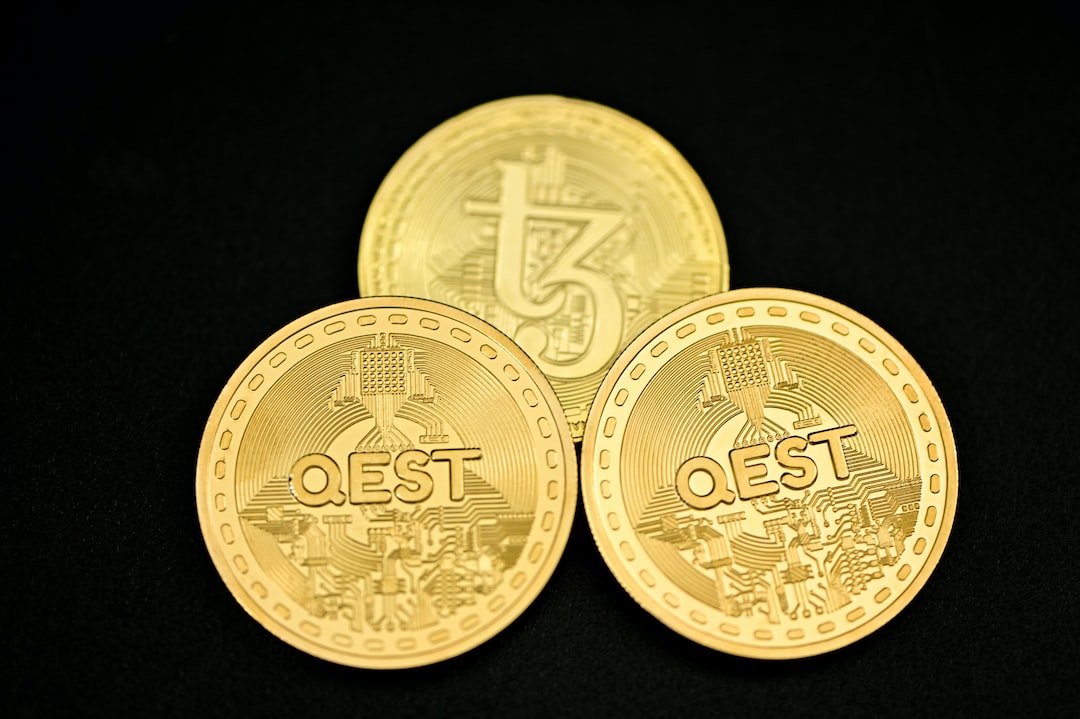The forex market is the most liquid market in the world, with an average daily trading volume of $5.3 trillion. It is a decentralized market, which means that there is no central exchange where all trades are conducted. Instead, forex prices are determined by the forces of supply and demand in the market.
The forex market operates 24 hours a day, five days a week, which means that prices are constantly fluctuating as traders from around the world buy and sell currencies. The price of a currency is determined by how much buyers are willing to pay for it and how much sellers are willing to sell it for.
The two main factors that influence forex prices are fundamental and technical analysis. Fundamental analysis involves examining economic and political events that can affect the value of a currency. For example, if a country’s economy is growing, its currency may increase in value. Similarly, if a country is experiencing political instability, its currency may decrease in value.
Technical analysis, on the other hand, involves examining charts and other technical indicators to identify patterns and trends that can help traders make trading decisions. Technical analysis can provide insight into market sentiment and help traders anticipate future price movements.
In addition to fundamental and technical analysis, there are several other factors that can influence forex prices. These include interest rates, inflation, central bank policies, and geopolitical events.
Interest rates are one of the most important factors that affect forex prices. When a central bank raises interest rates, it makes the currency more attractive to investors, which can increase its value. Conversely, when a central bank lowers interest rates, it makes the currency less attractive to investors, which can decrease its value.
Inflation is another important factor that can affect forex prices. When inflation is high, the value of a currency may decrease as consumers can buy fewer goods and services with their money. Conversely, when inflation is low, the value of a currency may increase as consumers can buy more goods and services with their money.
Central bank policies can also have a significant impact on forex prices. For example, if a central bank announces that it will increase its quantitative easing program, it can weaken the currency by increasing the money supply. Similarly, if a central bank announces that it will reduce its quantitative easing program, it can strengthen the currency by reducing the money supply.
Geopolitical events, such as wars, natural disasters, and political unrest, can also influence forex prices. When there is uncertainty in the world, investors may seek safe-haven currencies, such as the US dollar, which can increase their value.
In conclusion, forex prices are determined by a combination of fundamental and technical analysis, as well as other factors such as interest rates, inflation, central bank policies, and geopolitical events. Traders need to stay informed about these factors and use them to make informed trading decisions. By doing so, they can take advantage of the opportunities presented by the constantly changing forex market.






